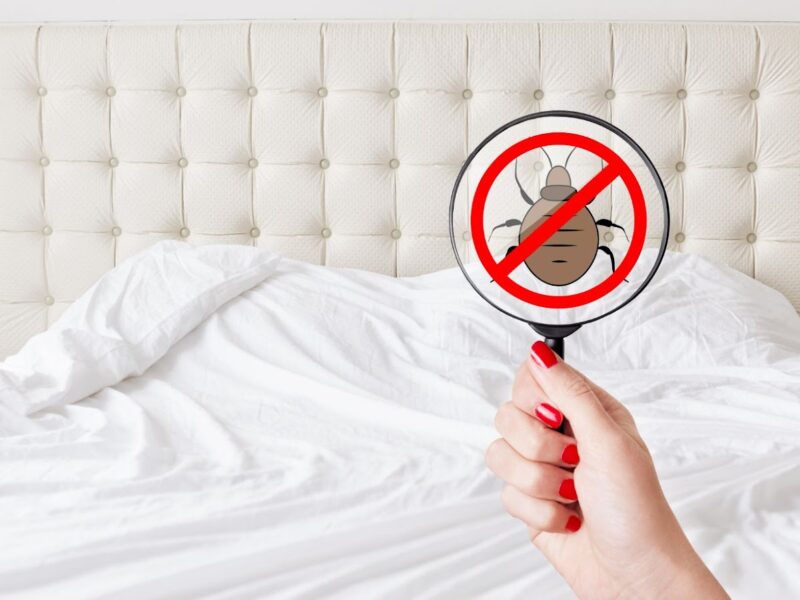Bed Bugs are small, flat, parasitic insects that feed solely on the blood of people and animals while they sleep. Bedbugs are reddish-brown in color, wingless, and range from 1mm to 7mm in size. Bedbugs are found in cracks and crevices of bed frames, headboards, footboards, box springs, bedding, furniture, or any other objects around a bed. They may also be found in wallpaper cracks, picture frames, behind baseboards, or electrical outlet plates. Bedbugs are not able to fly but they can move quickly over floors, walls and ceilings.
Bedbugs are attracted to their hosts by body heat and the odor of carbon dioxide. They feed on their host’s blood for about five minutes before returning to their hiding place. Bedbugs can live for several months without a meal. Bedbugs are generally considered to be a nuisance, not a health hazard. However, they can cause allergic reactions in some people. Bedbug bites may lead to skin rashes, psychological effects, and allergic symptoms. Honolulu pest control services can help manage and eliminate bedbug infestations effectively.
Where do bed bugs come from outside?
Bedbugs are often introduced into homes through infested furniture, luggage, or clothing. Once they are inside, they can spread quickly by crawling onto other surfaces or hiding in cracks and crevices. Bedbugs can also be transported from one location to another on people’s clothing.
What do bed bugs look like?
Adult bedbugs are brown to reddish-brown, oval-shaped, and flat. They are about 1/4 to 3/8 inch long—smaller than a pencil eraser. Bedbugs have six legs, two antennae, and no wings. The front half of their body is covered with a hard shell. The back half is flexible and wrinkled. Nymphs ( immature bedbugs) are smaller, translucent, and lighter in color. They look like tiny adults, but they cannot yet fly.
Where do bed bugs hide?
Bedbugs can hide in many places, including:
- Furniture cracks and crevices
- Behind baseboards
- In electrical outlets
- In picture frames
- Under loose wallpaper
Bedbugs are often found in hotels, motels, and hostels. They can also live in apartments, college dormitories, and shelters.
How do you get rid of bed bugs?
If you think you have bedbugs, call a professional pest control company. Do not try to treat the problem yourself, as this can make it worse. A professional will be able to identify the infestation and get rid of the bedbugs.
Bedbugs can be difficult to get rid of. It may take several treatments with a professional pest control company to completely eliminate the infestation. You may also need to treat your home with insecticides and vacuuming on a regular basis to prevent the bedbugs from returning.
Prevention tips for avoiding bed bugs:
- Inspect secondhand furniture, beds, and mattresses before bringing them into your home.
- Keep your bedroom clean and clutter-free to make it easier to spot bedbugs.
- Vacuum regularly and dispose of the vacuum bag immediately.
- Wash all of your bedding in hot water on a regular basis.
- Seal cracks and crevices around your home to prevent bedbugs from moving in.
- Call a professional pest control company if you think you have bedbugs.
What are the symptoms of bed bug bites?
Most people do not have any reaction to bedbug bites. However, some people may experience a mild allergic reaction, including itching, redness, and swelling. In rare cases, more serious reactions may occur, such as hives, blisters, or anaphylaxis (a severe, life-threatening allergic reaction).
If you have a mild reaction to bedbug bites, home treatment may be all that is necessary. This includes washing the bites with soap and water, applying a cool compress to the area, and taking over-the-counter antihistamines or topical corticosteroids. If you have a more severe reaction, you may need to be treated with oral corticosteroids, intravenous fluids, or injectable epinephrine. You should also call 911 or go to the nearest emergency room.






